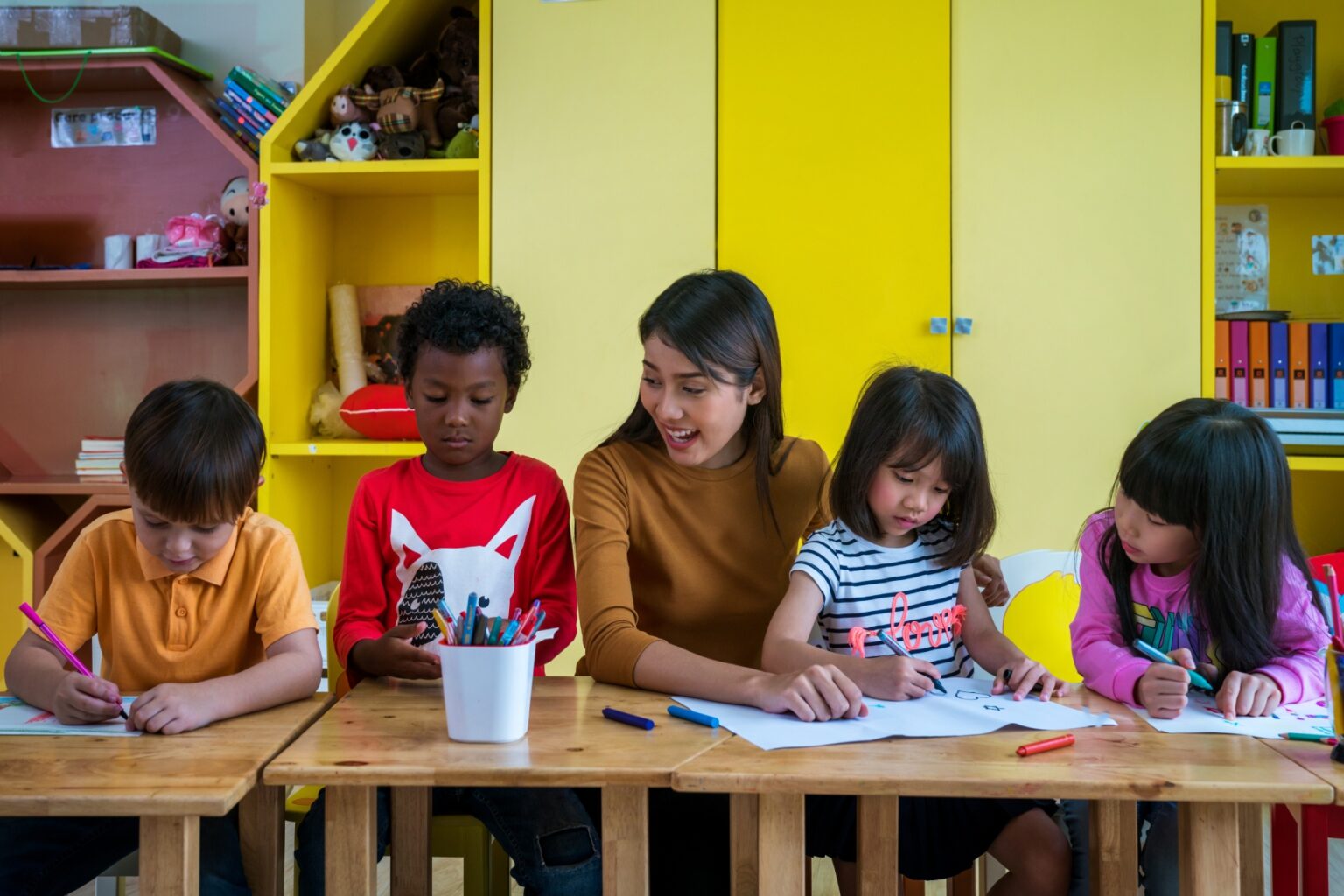Singapore is renowned for its education system, which is considered one of the best in the world. With first-rate primary and secondary schools, international parents can rest assured that their children are in good hands. What’s more, teaching is primarily in English – perfect for anyone worried about language barriers.
Nevertheless, despite the high quality of Singaporean education, it can be daunting to enroll your little one in a different school system. Read on to learn about the country’s teaching structure, including the following topics:
- What is the education system in Singapore like?
- Preschool education in Singapore
- Primary education in Singapore
- Secondary education in Singapore
- Graduating in Singapore
- How can you access financial aid and scholarships?
- Is there any educational support for international students?
- Support for children with special educational needs (SEN)
- How do you transfer schools in Singapore?
- How can you be involved as a parent in your child’s schooling?
- Is homeschooling legal in Singapore?
- Useful resources
What is the education system in Singapore like?
Education is compulsory in Singapore for citizens aged 7 to 16. However, most children attend kindergarten or pre-school for three years beforehand. Although tuition is not free, public schools (local institutions) have different tiers for fees.
The education system is heavily subsidized for citizens, meaning that non-citizens must pay significantly more in Singapore. Additionally, there are several private schools available, which are more costly.
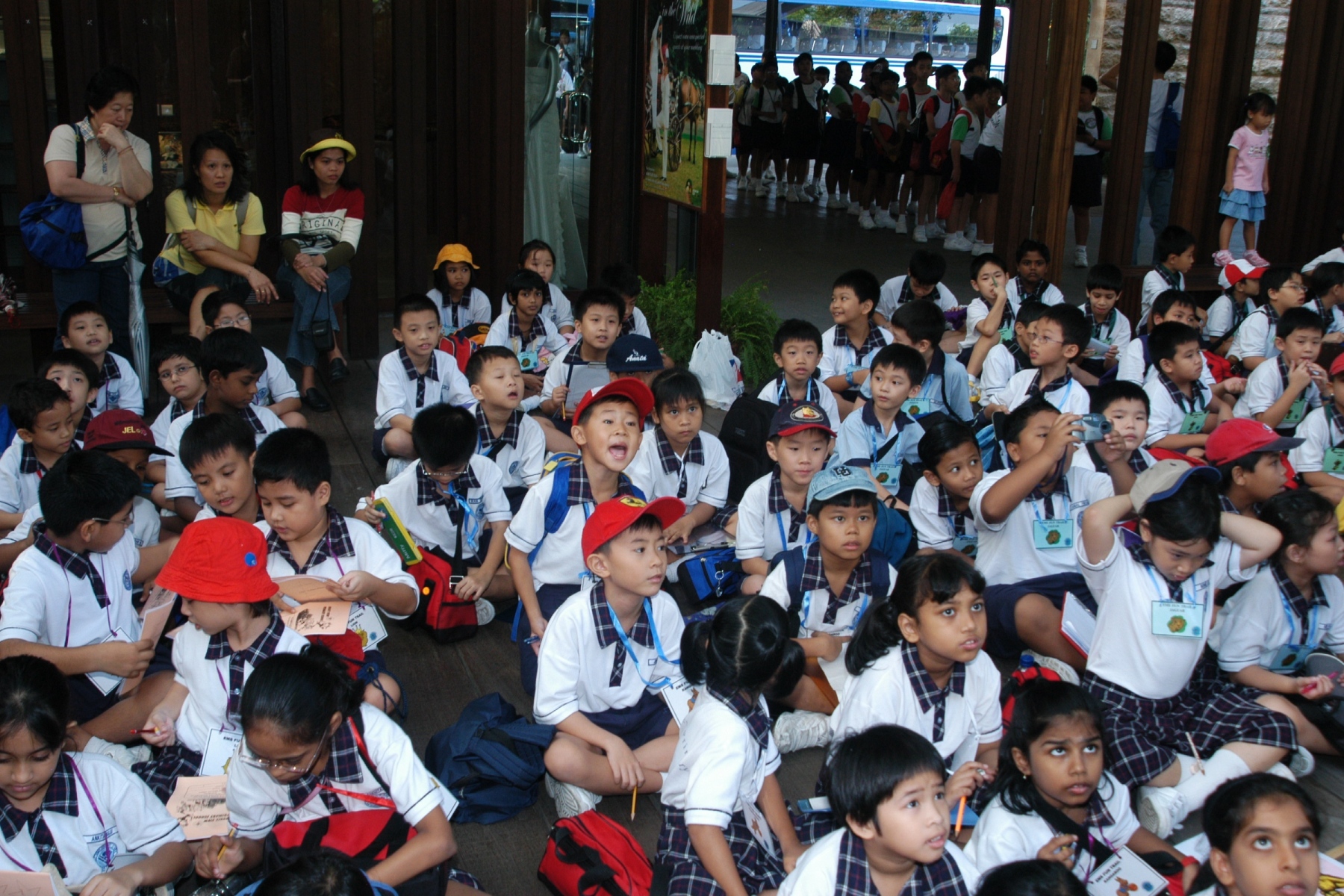
Almost all education in Singapore is in English, although students in the public system will also need to learn one of the country’s Mother Tongue Languages: Chinese, Malay, or Tamil.
The curriculum is loosely based on the British system, with many exams sharing the same names. However, the two systems cover different material. For example, the Singapore A-Level exam is no longer linked to the British A-Level and has different grades and standards.
The education system, which is overseen by the Ministry of Education in Singapore, is consistently ranked as one of the best in the world by organizations such as the Organisation for Economic Co-operation and Development (OECD). In particular, the national curriculum is known for its exceptionally high level of mathematics.
The government has long placed a major emphasis on schooling, with the country’s first prime minister, Lee Kuan Yew, describing education as a chance to “develop Singapore’s only available natural resource, its people.” This comes into effect through its performance: 50% of students globally who attained a perfect score in the International Baccalaureate (IB) exams in 2020 were from Singapore.
How is education structured in Singapore?
Children in Singapore usually attend primary school for six years. Before leaving, they take the Primary School Leaving Examination (PSLE), which determines their secondary education level. After another four or five years of teaching, they take national exams called GCE O-Levels.
Academically inclined students can then pursue A-Levels from ages 17 to 18, while others might prefer vocational training at a polytechnic institute or specialist programs at a sports/arts college.
The secondary school system was originally known for its rigid placements, with students’ primary school exam results determining whether or not they would attend university. Luckily, sweeping reforms for the 2024 academic year have introduced a more flexible form of streaming.
Students are still divided into three categories based on their PSLE results, but now they all take the same exams at the end of secondary school, and they can change levels as their education progresses.
Preschool education in Singapore
While preschool isn’t mandatory within Singapore’s education system, around 88% of 3 to 4-year-olds still enroll in programs (as of 2021). What’s more: this figure rises to 95% for those aged between 5 to 6 years old.
Children at day-care centers learn basic reading and writing. As a result, those who do not attend may find themselves struggling to keep up with their classmates at the start of primary school.
The Early Childhood Development Agency (ECDA) regulates and oversees preschools in Singapore, while the Ministry of Education provides subsidized options for citizens and permanent residents.
Local nurseries adopt a holistic approach, with a focus on purposeful play and social interactions. Bilingual communication is also extremely common, and children are taught in both English and one of Singapore’s three official Mother Tongue Languages.
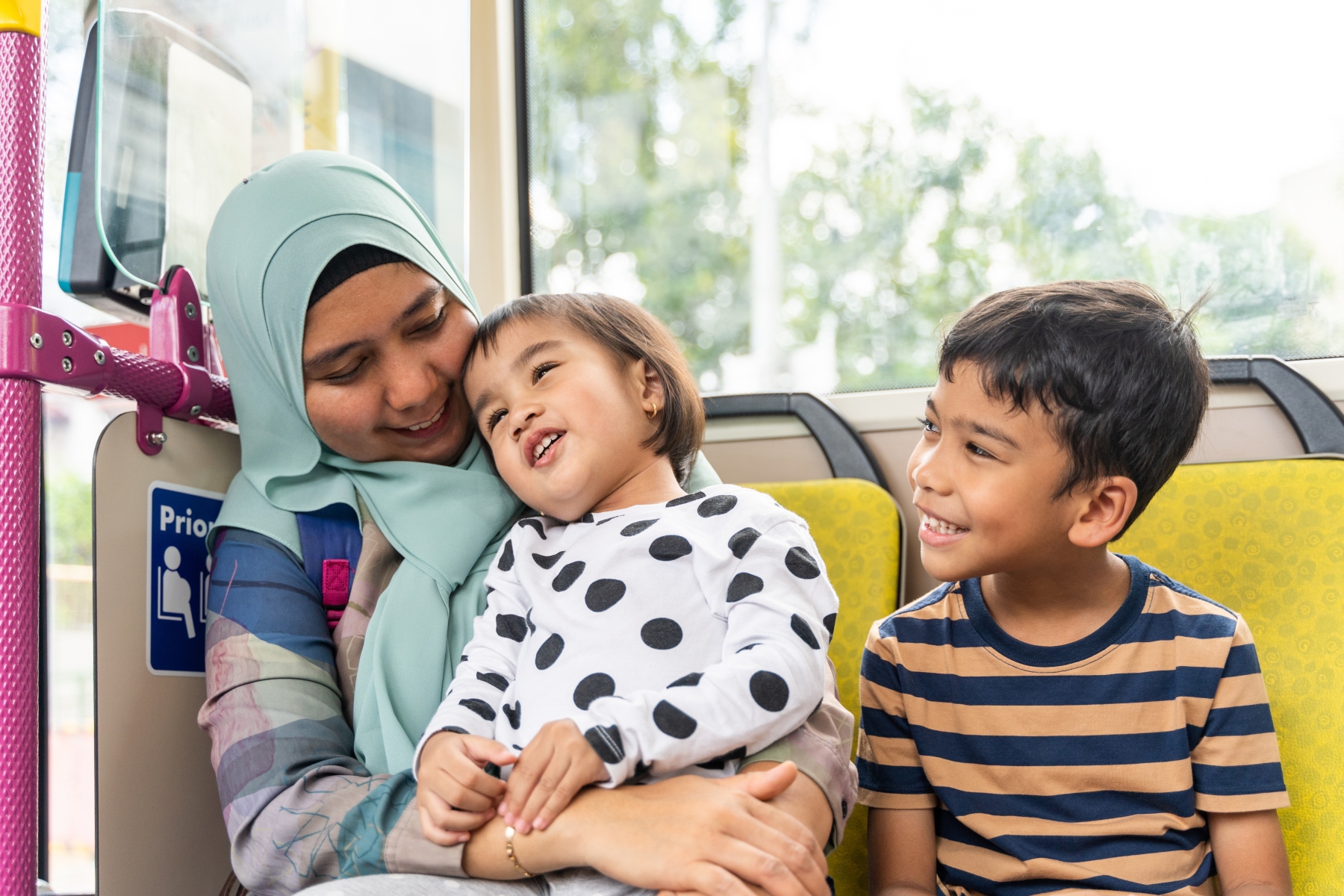
In addition to government kindergartens, private and international preschools are also available, with some welcoming children as young as two months old. Parents can opt for institutions that focus on specific learning methodologies such as Montessori, Waldorf, or Reggio Emilia.
Many private preschools are bilingual, while some international kindergartens also offer foreign languages such as French or German. Parents may also prefer a day-care center that teaches Mandarin, to prepare their child for the Mother Tongue Language requirement later in primary school.
Preschool fees can vary significantly. Expats who are not permanent residents unfortunately cannot benefit from any subsidies, but may still find some options available for as little as S$4,500 a year (as of 2019). International kindergartens, on the other hand, start at around S$10,000 a year, but prices can reach a dizzying S$60,000 a year or more.
Primary education in Singapore
The primary school system
Primary school in Singapore runs for six years, starting when children are either 6 or 7 years old and finishing when they are 12 or 13. This stage is compulsory and overseen by the Ministry of Education.
Public primary schools
The public primary school curriculum focuses primarily on the English language, mathematics, and a Mother Tongue Language. There are also plenty of other subjects on offer, including art, music, physical education, social studies, and science. The academic year begins in January and concludes in November, with periodical school break in between.
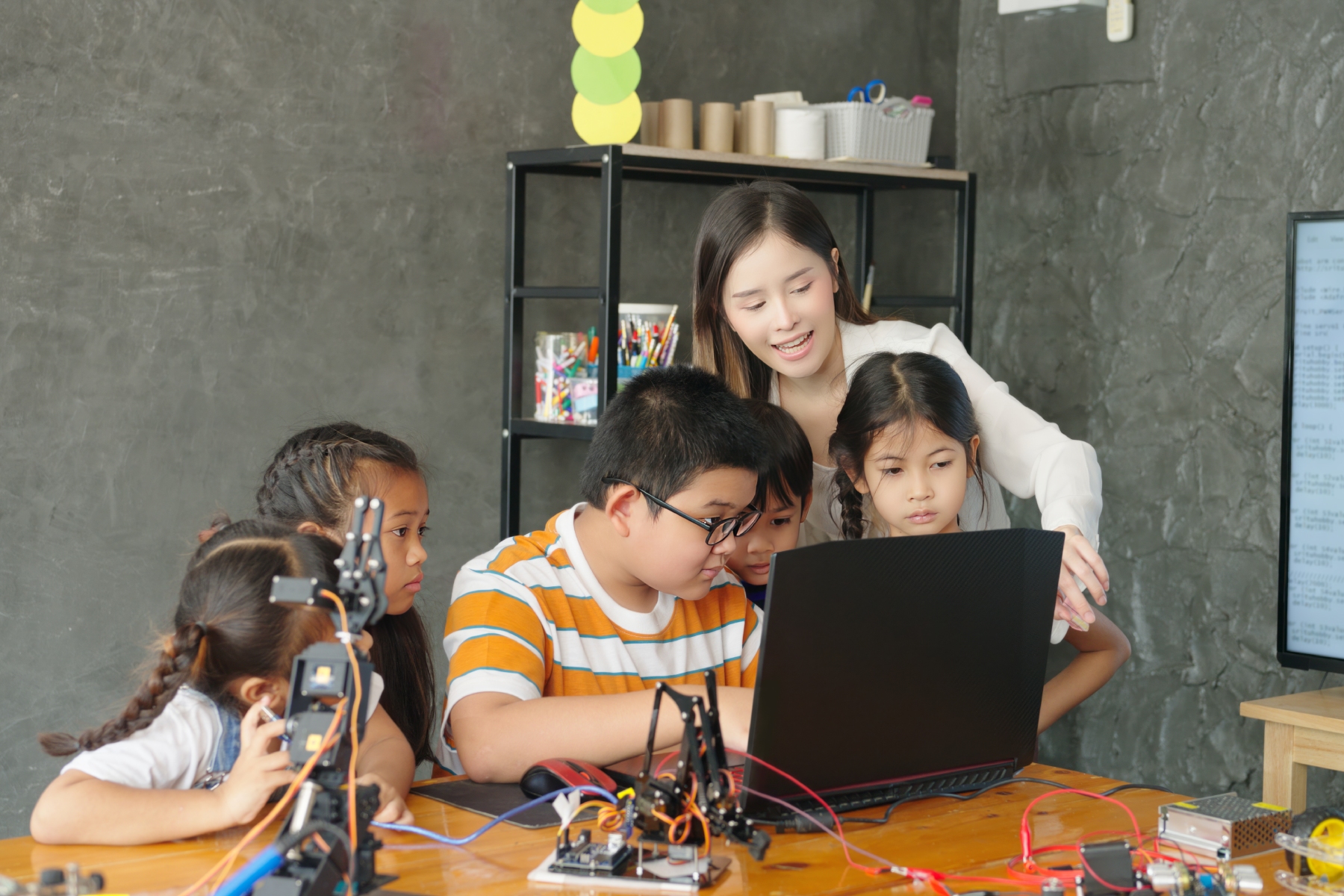
Public primary education in Singapore is not free. It uses a tiered fee system, with different prices for Singaporean citizens, permanent residents, expats from the Association of Southeast Asian Nations (ASEAN) countries, and those from the rest of the world. Citizens may pay as little as S$6.50 a month, while expats from non-ASEAN countries pay over S$800 a month.
The enrollment system prioritizes citizens and permanent residents. As a result, international students entering Primary 1 (the first year of compulsory education) can only apply after everyone else has been allocated a place.
Consequently, new arrivals entering Primary 2 (or any other year) will first need to sit admission exams in English and mathematics. Given the latter’s high level, these tests can be quite challenging, especially in the later years of primary school.
Expats should be prepared to miss out on a place at their preferred school and have a backup plan. So much so that many families who move to Singapore with older primary-aged children prefer to go straight for a private or international school, to save their children the stress of these public admissions exams.
Private and international primary schools
International primary schools are a popular alternative for expats to the public education system. The country has several of these, as well as other private institutions and boarding faculties.
Additionally, there are several options for private religious academies. The most common of these are Anglican or Catholic, but you can find a few smaller denominations as well. Muslim children can also attend a madrasah for an Islamic education.
Fees vary significantly and can be anything from S$14,000 to 50,000 per year. Parents may also have to consider extra costs like uniforms, equipment, school trips, and so on.
Since Singapore has a tropical climate, it does not have clearly defined seasons. With no real “summer” and “winter” to consider, international schools often set their own academic calendars to match their home country. As such, British and American institutions usually have a scholastic year that runs roughly from August/September to May/June, while Australian ones follow the calendar year.
Secondary education in Singapore
The secondary school system
Secondary school is compulsory until the age of 16. There is also a clear divide between the public and private system in Singapore: while the former streams students into three different categories based on their achievements in primary education, the latter does not.
Public secondary schools
At the end of primary education, children attending public institutions take the Primary School Leaving Examination, which determines the type of secondary school they will attend. From 2024, the Ministry of Education will overhaul the streaming system.
Like the primary system, public secondary schools in Singapore follow an academic year that starts in January and continues until November, followed by a long break. This puts them in line with most southern hemisphere schools but can cause some disruptions for expat students moving to or from a northern hemisphere country.
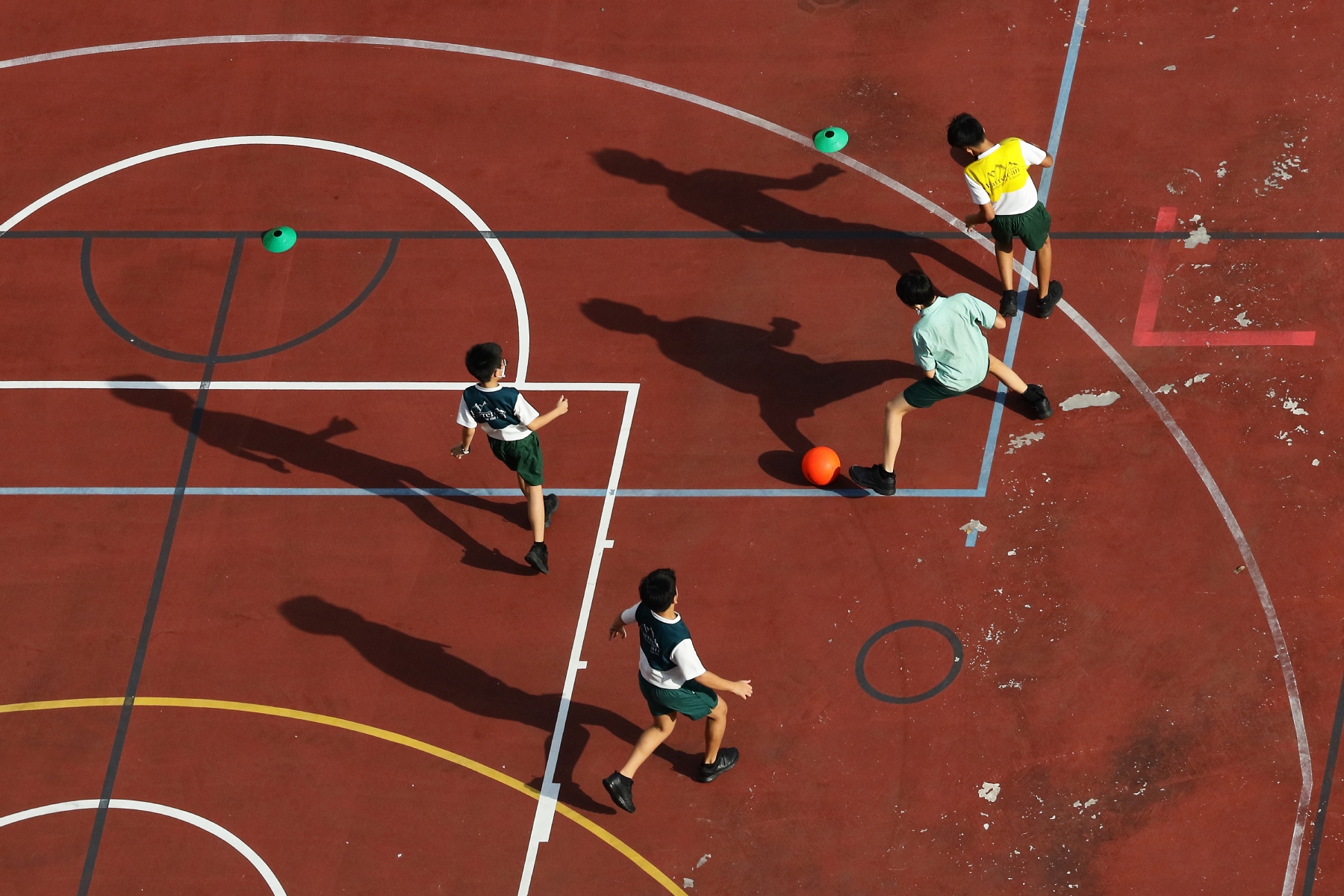
Originally, students were divided into the Express stream, Normal (Academic) stream, and Normal (Technical) stream. At the end of secondary school, they would sit different exams depending on their initial stream.
In the new system, primary school leavers will still be sorted into three groups, with the highest achievers being given a more academically demanding curriculum. However, the distinctions will not be as rigid as the old structure. At the end of secondary school, all students will take the new Singapore-Cambridge Secondary Education Certificate (SEC).
Public secondary schools have the same four-tiered fee system as primary institutions. Citizens, permanent residents, expats from ASEAN countries, and those from other countries will be charged different rates from each other. While a citizen may need to spend S$5 a month, an expat from a non-ASEAN country could pay up to S$1,700.
Private and international education in Singapore
Singapore has a range of private secondary schools. Fees vary between S$13,000 and 30,000, depending on the curricula and facilities on offer.
There are more than 90 international secondary schools in Singapore. Most offer either the British, American, or Singaporean curriculum. However, some also teach French or German syllabi, with classes taught in the respective language.
Many schools have both a primary and secondary campus, so students can complete their entire education in a single location. Most have an academic year that starts in August/September and continues until May/June, to be in line with the most common home countries for students.
Boarding schools
Singapore has a couple of boarding schools, although none are exclusively residential. As a result, the student body is a mixture of both boarders and day students.
While some have their own boarding facilities, others have shared housing for students from different schools.
Religious schools
Most religious schools in Singapore are either Catholic or Anglican, although there are also options for Muslims, Methodist or Presbyterian students. These institutions have their own entrance exams.
Government-aided schools
Although these schools are private, they follow the Singaporean national curriculum, employ teachers from the Ministry of Education, and receive government funding. Most state-aided schools serve a particular community, usually an ethnic or religious minority.
Specialized Independent Schools
There are four Specialised Independent Schools (SIS) forming part of the education system in Singapore. They are highly selective, setting their own admissions criteria. Each serves a different purpose, providing an education to students in STEM (science, technology, engineering, and mathematics), sports, or the arts.
Parents can apply directly for admission to one of these schools. They also provide an alternative to post-secondary education.
The International Baccalaureate (IB)
After finishing secondary school at the age of 16, students can opt for either A-Levels or the International Baccalaureate (IB), both of which are recognized by universities around the world. Most students in Singapore opt for A-Levels, with 12,405 teenagers taking the exam in 2019 in comparison to 2,228 choosing the IB. Around 20 institutions offer IB courses in the country.
Although the exams share the same name, Singapore’s A-Levels are not the same as British A-Levels. While students in the UK typically undergo a mixture of coursework and exams to attain their qualifications, the Singaporean system is almost entirely exam-based.
Conversely, the IB mixes exams and coursework, so it may be a better option for those who struggle to perform well under pressure. Students in the country also consistently score well on these exams, with some even attaining perfect scores worldwide.
Graduating in Singapore
After taking their final secondary school exams, students have several options for continuing their education. Those who want to attain their A-Levels or IB can enroll in a junior college. After attaining these qualifications, they can then go on to university.
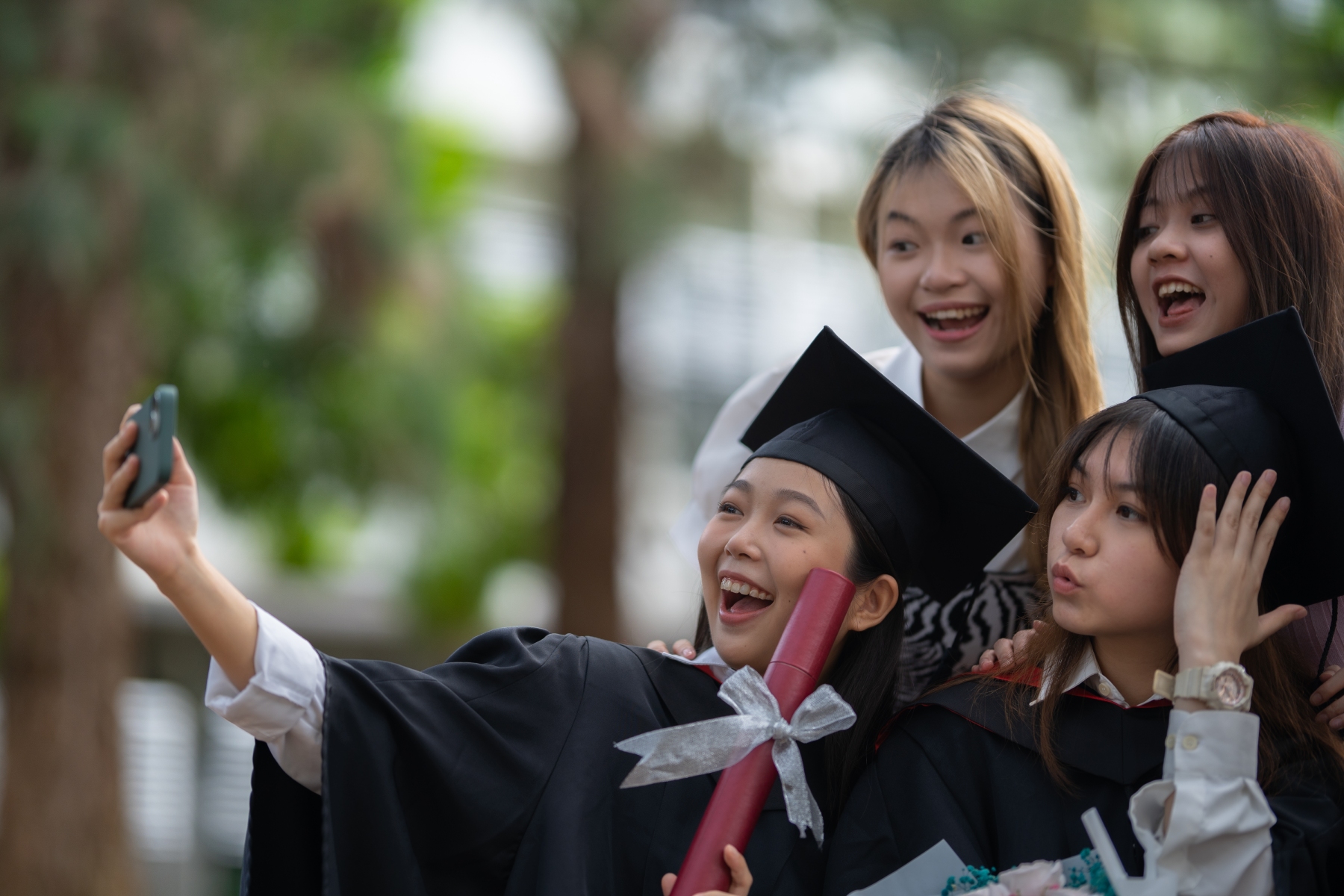
Polytechnics and Institutes of Technical Education (ITE) offer vocational training, and there are also some specialist options available for adolescents who excel in art, music, or sports.
Since there are only six public universities in Singapore, many students choose to go abroad after completing their A-Levels or IB. In 2022, almost 22,000 Singaporeans studied abroad, mostly in other English-speaking countries.
How can you access financial aid and scholarships?
Singapore offers considerable government support for nationals and permanent residents, including very low school fees. The government’s Edusave system provides funds to citizens which must be spent exclusively on schooling. Those from low-income backgrounds can also apply for additional financial aid, while government loans are also available for post-secondary education.
The Ministry of Education provides merit-based awards and scholarships. Most of these are only available to citizens of Singapore, but there are also a few for children from ASEAN countries.
Unfortunately, no government support is available for most expats. However, international schools often offer grants and bursaries which are usually merit-based. Employer-sponsored education packages are also quite common for internationals relocating to Singapore.
Is there any educational support for international students?
Expat parents might find that Singapore has a “sink or swim” attitude when it comes to the education system. Unless a child is starting in Primary 1, they will need to take an admissions test: either the Admissions Exercise for International Students (AEIS) for the following academic year or the Supplementary Admissions Exercise for International Students (S-AEIS) for entry in the current academic year. If a child fails, they cannot attend a public school in the country.
Education in Singapore is largely in English, and there is no support for international students with a language barrier. International students can apply for an exemption to this rule, which is offered on a case-by-case basis.
Children who have already received formal education in an approved foreign language may also be permitted to study it instead of a Mother Tongue Language. At present, these are:
- Arabic
- Burmese
- French
- German
- Japanese
- Thai
If a child receives permission to study one of these languages, then parents will have to arrange private tuition. Additionally, the child must take an exam in their chosen language at the end of secondary school. Unfortunately, there is no financial aid for this.
Support for children with special educational needs (SEN)
If you have a child with SEN, they can receive support at a mainstream school or else attend a SEN school. In local primary and secondary institutions, several programs and interventions are available to meet all students’ needs. What’s more, SEN officers and specially-trained teachers can also work closely with children in need of support.
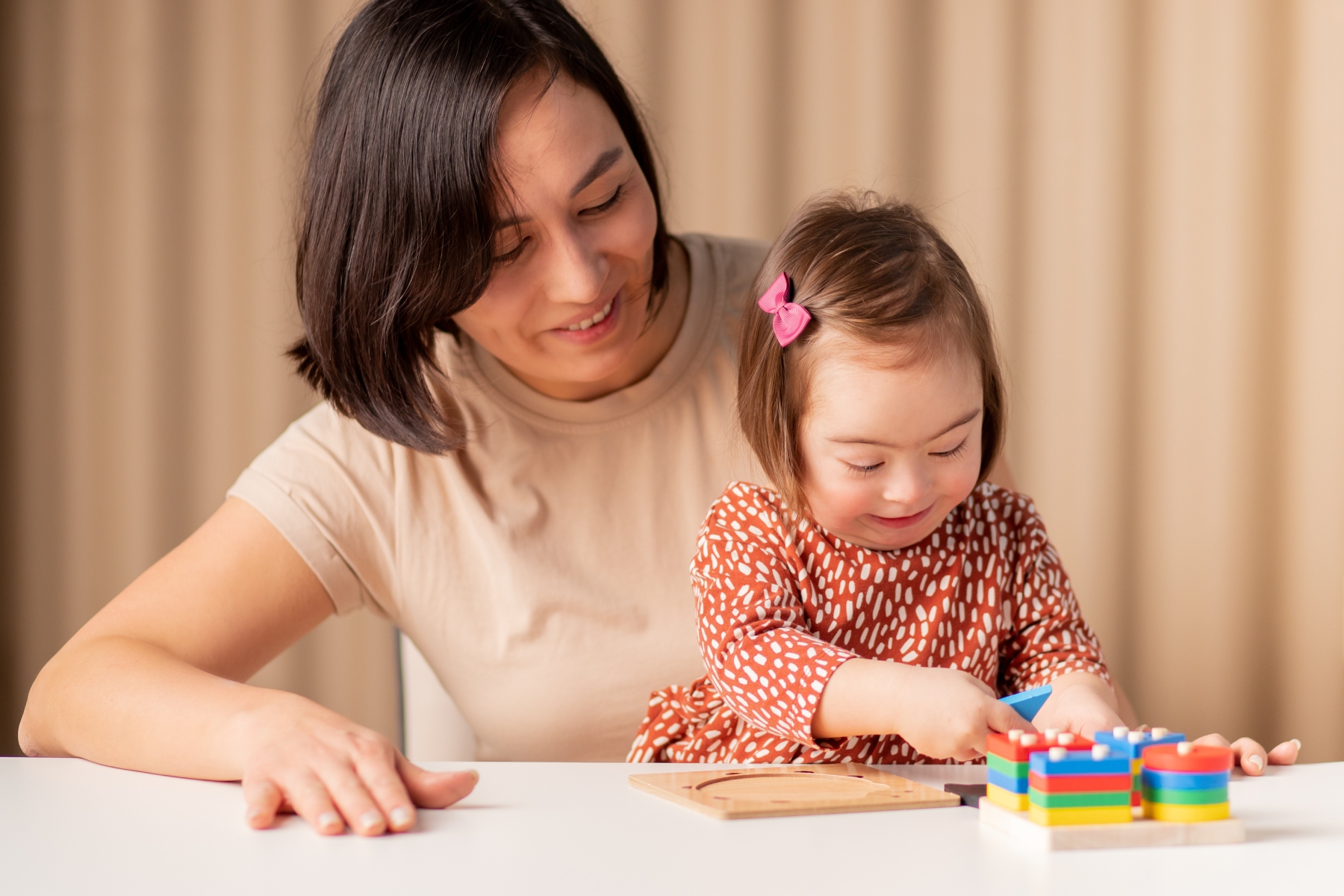
There are several government-funded SEN schools, each of which has a different focus. These institutions operate with the Special Education Curriculum, a holistic program developed by the Ministry of Education.
Children in mainstream education can also transfer to a SEN facility if needed. Parents will first need to speak to the institute’s principal to initiate the process; they cannot apply directly to the SEN school. A medical or psychological report may be needed to facilitate the move.
How do you transfer schools in Singapore?
Singapore citizens and permanent residents can apply for a primary school transfer. However, international students in the public system are not permitted to do so.
Secondary school places are offered based on students’ PSLE scores. Transfer appeals are only permitted in extreme circumstances, such as a lack of accessibility for wheelchair users. Given the country’s small geographic size, no shifts are available for families who move house.
How can you be involved as a parent in your child’s schooling?
Parents who want to get more involved with their child’s school can join the Parent Teacher Association (PTA). These are a standard feature of public and private schools, organizing events and fundraising activities to support the institution.
Is homeschooling legal in Singapore?
Yes, homeschooling is legal in Singapore. If your child is a Singaporean citizen, then you will need to apply for a specific exemption to teach your child from home. The Ministry of Education will then monitor their progress.
They must also pass the PSLE at the age of 12 and meet the government-set homeschooling benchmark score. This is dynamic and will change each year depending on the national average PSLE score.
Children who fail the PSLE will have to attend a national primary school the following year and retake the exam. If they pass but don’t reach the benchmark score, they can continue with their homeschooling and retake the test the following year. Those who miss the benchmark repeatedly will have to sit the assessment every year until they either pass or turn 15 years old.
However, since the Compulsory Education Act only applies to citizens, expat parents have complete freedom over their children’s education. There are no homeschooling regulations, therefore students are not required to take any specific exams or follow a particular curriculum.
Useful resources
- Early Childhood Development Agency – the agency overseeing early childhood education in Singapore
- Homeschool Singapore – more information about homeschooling in Singapore
- Ministry of Education – official website, with information on schools, financing, and more
